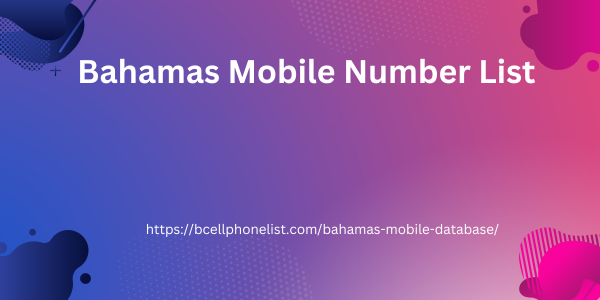Post by account_disabled on Mar 10, 2024 9:56:01 GMT
Diaphragmatic breathing Stress causes the body to need more oxygen and breathing speeds up. The oxygen that enters the body of a person in an anxious state may not be enough and, therefore, it is important to perform diaphragmatic breathing to relax. The recommendation is to perform 5 to 10 abdominal inhalations and exhalations, slowly and deeply, from the diaphragm. Try breathing through your nose and exhaling through your mouth, focusing on emptying your lungs before inhaling again. 3. Progressive muscle relaxation This relaxation technique for anxiety consists of, as the name suggests, slowly relaxing your muscles. This is done through tension exercises that are low-intensity and brief, and longer relaxation exercises. The process takes place in three phases: Relax and contract all muscles, from head to toe; Mentally focus attention on each part of the body that was worked on to feel relaxation; Think about something relaxing and visualize colors and lights that provide peace.
Yoga Yoga provides many benefits for both the mind and body, including reducing stress and anxiety and increasing focus on the present moment. Furthermore, it helps with body self-knowledge. The practice also includes Bahamas Mobile Number List breathing exercises and meditations, therefore, it is a very complete technique for those who need a moment of relaxation in their daily lives. 5. Stretching Not everyone knows, but stretching is also a great relaxation technique for anxiety. It's simple and easy to do, but the results tend to be even better when done in conjunction with deep breathing. 6. Relaxing self-massage Self-massage can be performed with simple items, such as a tennis ball or a massager, for example. Use to make circular movements with your hands and feet, as the extremities of the body tend to accumulate tension. If you wish, essential oils can also be used to further calm the mind during this process.

Thinking that the crisis will pass It may seem silly, but at the height of an anxiety attack, sometimes a person forgets that it is something temporary and starts to feed the feeling, which only makes it grow more and more. Mentalizing that it is something temporary and, if possible, trying to change the focus to positive thoughts can help a lot to abstract and relax the mind. Just by being aware that it is not a real threat, you prevent it from becoming a “snowball”. 8. Technique 5, 4, 3, 2, 1 During an anxiety attack, another technique that can be put into practice is “5, 4, 3, 2, 1”, which consists of taking the focus off anxiety and focusing on other things and their details in order to stimulate the senses. The step by step is as follows: Focus on 5 different objects that you can see around you; Focus on 4 different sounds; Touch 3 objects to stimulate touch; Smell 2 smells; Feel 1 taste.
Yoga Yoga provides many benefits for both the mind and body, including reducing stress and anxiety and increasing focus on the present moment. Furthermore, it helps with body self-knowledge. The practice also includes Bahamas Mobile Number List breathing exercises and meditations, therefore, it is a very complete technique for those who need a moment of relaxation in their daily lives. 5. Stretching Not everyone knows, but stretching is also a great relaxation technique for anxiety. It's simple and easy to do, but the results tend to be even better when done in conjunction with deep breathing. 6. Relaxing self-massage Self-massage can be performed with simple items, such as a tennis ball or a massager, for example. Use to make circular movements with your hands and feet, as the extremities of the body tend to accumulate tension. If you wish, essential oils can also be used to further calm the mind during this process.

Thinking that the crisis will pass It may seem silly, but at the height of an anxiety attack, sometimes a person forgets that it is something temporary and starts to feed the feeling, which only makes it grow more and more. Mentalizing that it is something temporary and, if possible, trying to change the focus to positive thoughts can help a lot to abstract and relax the mind. Just by being aware that it is not a real threat, you prevent it from becoming a “snowball”. 8. Technique 5, 4, 3, 2, 1 During an anxiety attack, another technique that can be put into practice is “5, 4, 3, 2, 1”, which consists of taking the focus off anxiety and focusing on other things and their details in order to stimulate the senses. The step by step is as follows: Focus on 5 different objects that you can see around you; Focus on 4 different sounds; Touch 3 objects to stimulate touch; Smell 2 smells; Feel 1 taste.


